
Old boats to China: Philippine fleet retraces Sultan of Sulu’s historic passage to Xiamen
Three balangay boats, of a type dating back to at least AD320, succeed in hazardous pilgrimage from Manila to Xiamen
Expected any day now in Hong Kong (and perhaps already berthed at the Royal Hong Kong Yacht Club, in Causeway Bay, as you read this), the Sultan Sin Sulu, a traditionally built balangay sailing vessel, recently embarked on a goodwill voyage from the Philippines to Fujian province, commemorating a journey first undertaken in the early 15th century. As the boat and crew prepared to leave Manila, this reporter took a sail with them, to find out what it takes to cross the open ocean with very little in the way of modern maritime aids.
With the crew hauling on the halyards and a gentle breeze filling three brightly coloured cotton sails, the Sultan Sin Sulu glides gracefully across Manila Bay, silhouetted against an impeccable sunset.
“Seafaring is in our DNA – my forefathers sailed these oceans long before the Europeans arrived,” shouts Arturo Valdez, the 69-year-old mountaineer and former vice-minister of transport who is leader of the Philippine Balangay Expedition.
Valdez has an irrepressibly sanguine spirit and he explains his mission to inspire young Filipinos by highlighting the nation’s proud maritime heritage while tourists snap photos of the distinctive vessel from the shore.
“A nation that does not produce trailblazers, explorers and discoverers can never be a great nation,” he says, speaking with unrestrained enthusiasm on the foredeck. “Nations are built out of dreams.”
The expedition’s story began in 2009, when Valdez and his crew set sail from Tawi-Tawi in the Philippines on a 17-month voyage that called at Brunei, Indonesia, Singapore, Thailand, Cambodia and Vietnam. The original plan to continue on to China was abandoned due to bad weather, as was a subsequent attempt in 2017 that was timed to mark the 600th anniversary of the historical journey.
Now, Valdez and his 32-person team again make ready to embark on the expedition’s final and most challenging phase: sailing three balangays, wooden Philippine sailing vessels built by local shipwrights, from Manila to Xiamen, some 700 nautical miles (1,300km) to the north.
“In 2009, we sailed to Vietnam in the first balangay we built [which is now in a museum], but it was not an all-weather boat. The China leg is still incomplete and this will be my third attempt,” says Valdez.
A nation that does not produce trailblazers, explorers and discoverers can never be a great nation. Nations are built out of dreams
The passage to China aims to commemorate the 1417 voyage of the Sultan of Sulu, whose name was Paduka Batara (or Paduka Pahala, according to other sources) and who set sail from the southern Philippines to pay tribute to the Yongle emperor of the Ming dynasty, in Beijing. Two other Muslim leaders accompanied the sultan, as did 340 members of their official delegation, including Batara’s two wives and three sons.
According to Ming annals, the party was warmly welcomed by the Chinese court, offered full royal honours and showered with priceless gifts. As Valdez likes to point out, his nation was a major maritime power with close links to China more than a century before Portuguese explorer Ferdinand Magellan was said to have “discovered” the Philippines, in 1521.
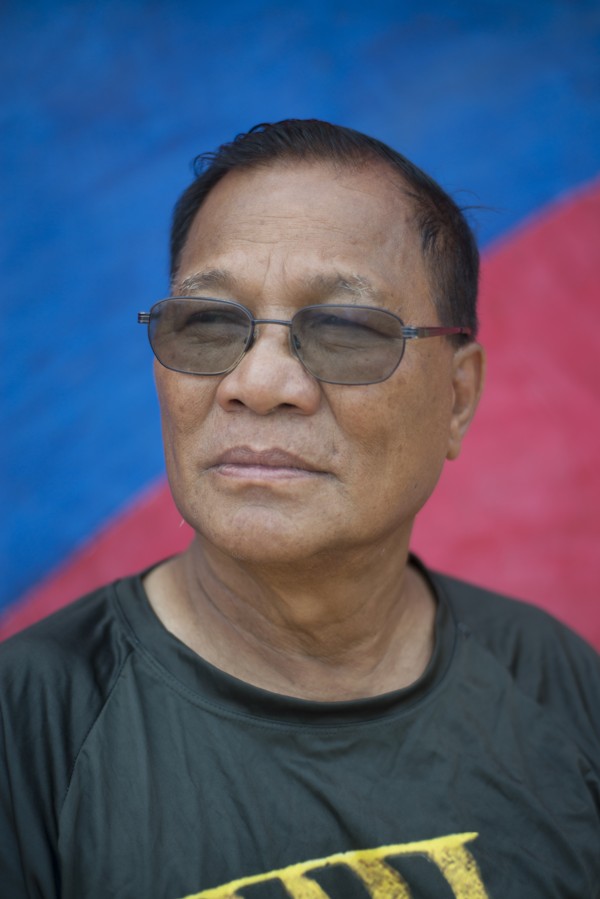
The replica fleet is a little more modest than that of the sultan, and Valdez and his team have no expectations of receiving such largesse. A safe berth and access to a shower will suffice, but even that is in doubt.
“China is too bureaucratic and we are still working on the paperwork; the biggest problem of sailing in an ancient boat is modernity,” Valdez says, with a smile.
The expedition has been battling with International Maritime Organisation reference numbers, technical specifications, registration, insurance and classification documentation as much as it has with unfavourable weather conditions and technical difficulties.
The sailing itself, though, will be basic, as it was in this part of the world some six centuries ago. The Sultan Sin Sulu has no wheel with which to steer, instead relying on two sturdy timber tillers, one on each side of the quarterdeck and each manned by one crew member. They are connected at right angles to rudders trailing like two long-handled spoons through the water. As the vessel gathers speed, they shudder and tremble under the helmsmen’s hands.

An inflatable white plastic life raft is lashed to the foredeck, but there is no auxiliary engine, no navigation equipment and next to nothing in the way of modern technology or creature comforts. Looking forward from the quarterdeck, a crude timber deckhead covers a cramped accommodation area for the eight-man crew. No bunks or hammocks. No toilet or washing facilities. No charts. No global positioning system, radar or echo sounder.
The only modern marine equipment visible is a VHF radio aerial, for keeping in contact with the other two boats in the flotilla; a black plastic bucket (purpose not defined, but we can guess); a large water flask lashed to the bulkhead and a single torch hanging limply from a lanyard over a pair of flip-flops.
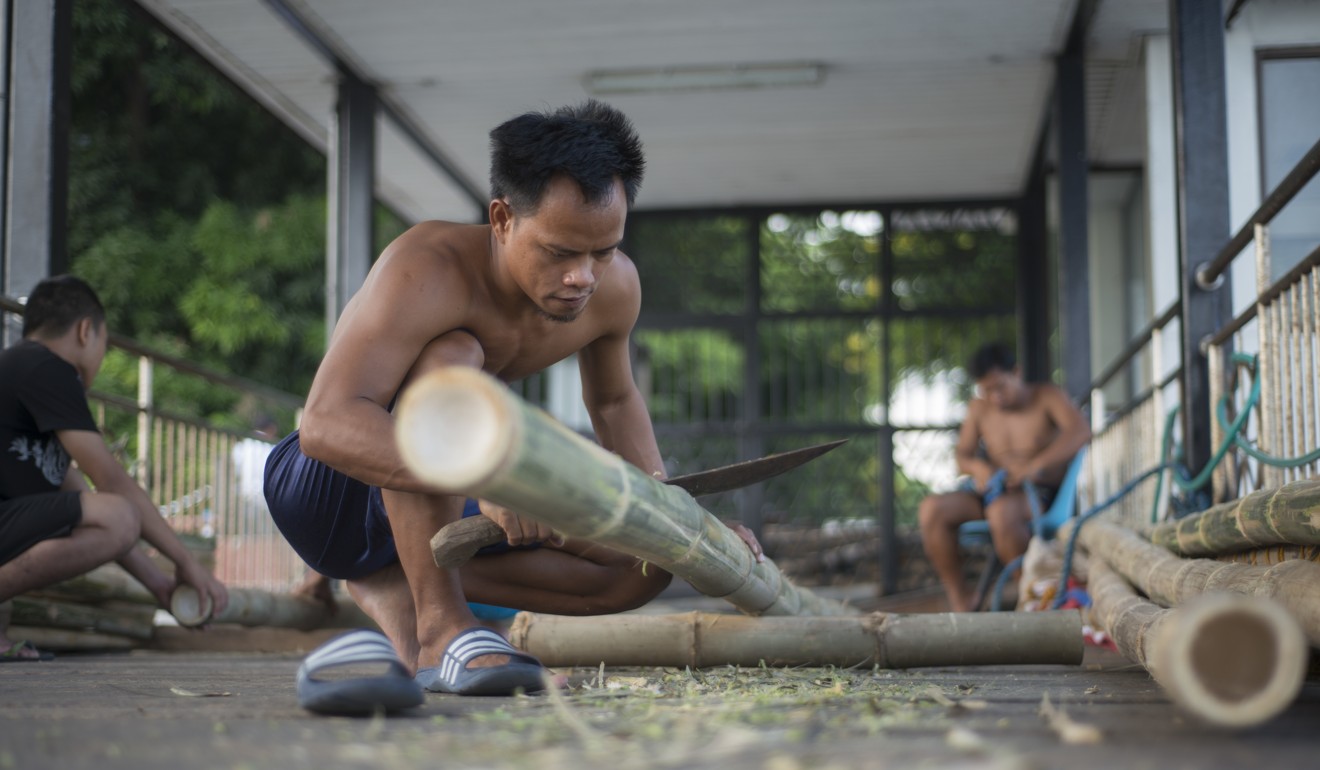
Conditions are spartan and spending even 24 hours on board in rough weather will be extremely challenging.
“You have to be extra physically fit; there is little time for sleep,” says Valdez, who explains that during earlier voyages, the foul-weather procedure on board was for the crew to douse the sails, lash themselves to the boat and pray. “If we got lost, we asked a fisherman [for directions].”
When we built the first boat [in 2009], we had five lessons around the harbour from the shipwrights and that was it. We learned about sailing on the way
The minimalist, 15th-century approach proved adequate for that first phase of their expedition, visiting remote islands of the Philippine archipelago, and some coastal hopping, but for an ocean passage from Manila to Xiamen, it is courageous bordering on reckless. Busy shipping lanes near the Taiwan Strait are notorious for their confused currents and unpredictable seas. The area is invariably crowded with merchant and fishing vessels, and small wooden boats do not show up well on radar. With a stop in the northern Philippines, the crew plans to reach Xiamen within four to six days of leaving Manila, but, depending on wind, shipping and tidal conditions, it could take longer – much longer.
“Sailing at night is the biggest worry,” says Jan Paul Rodriguez, skipper of the Sultan Sin Sulu. “We have no lights.” He admits his boat was nearly hit by a fast ferry during a night passage near Mindanao only a few weeks earlier.
If the wind drops, the only means of propulsion are the two huge oars on the upper deck, but none of Valdez’s young team are afraid of a physical challenge. A few of them were with him in 2006, when he led the first expedition of Philippine mountaineers to scale Mount Everest.
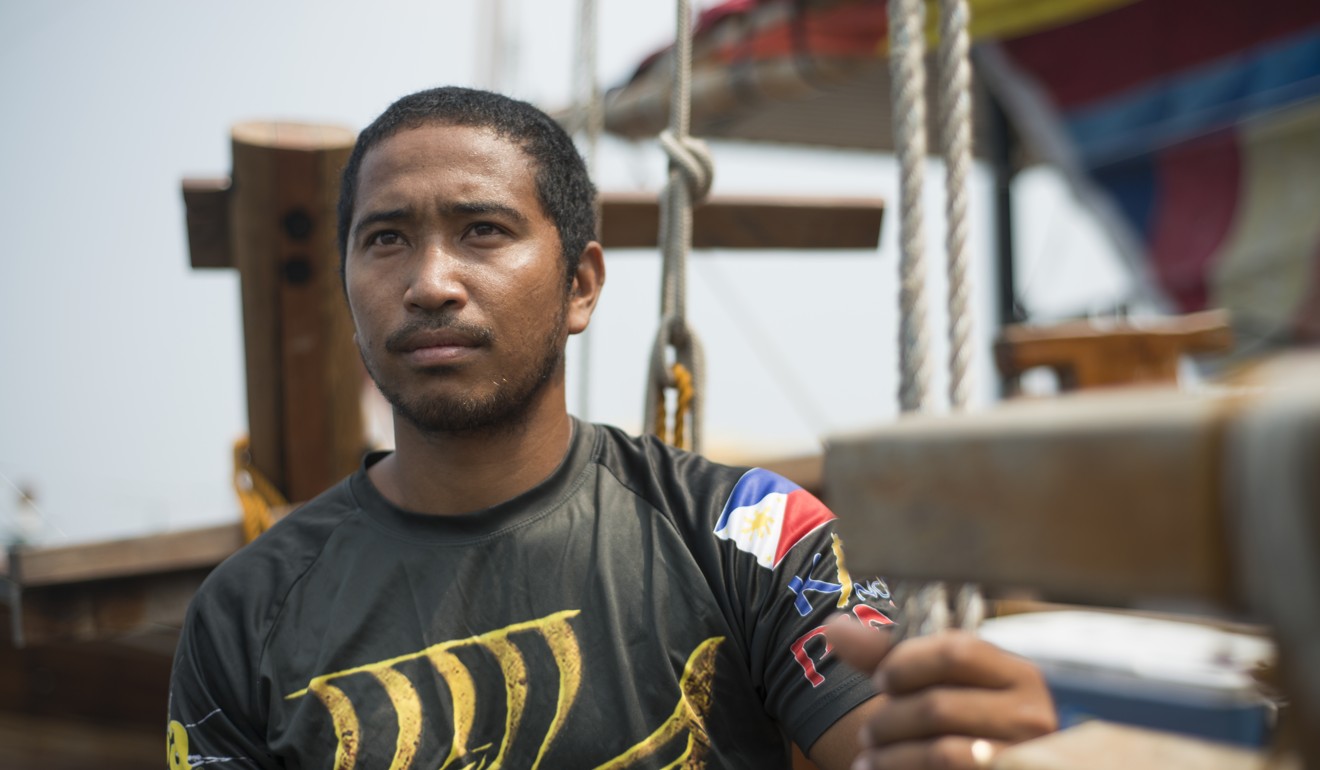
Two of the three vessels, the Maharlika and the Sama ng Tawi-Tawi, have been retrofitted, each with an engine and a modest wheelhouse equipped with a compass and the most basic navigation equipment, in order to comply with the regulations governing entry to any Chinese port that specify that a boat under sail must be accompanied by at least one vessel with an engine.
At their temporary Manila headquarters, on the concrete pier near the Cultural Centre of the Philippines, the conditions are hardly glamorous and there is none of the media circus normally associated with high-profile sailing expeditions. Security at the covered entrance is provided by four sleepy pariah dogs chained to a fence.
The voyage of the balangay is symbolic of what Filipinos can do if they have goals and work to achieve them
The expedition has attracted international media attention but there is a curious absence of corporate logos, local politicians or public-relations types sporting Ray-Ban sunglasses and pressed chinos. Instead, a shirtless shipwright is carving some model boat hulls from solid timber near the end of the pier, squatting next to caged chickens.
And none of the team are expert ocean-going sailors recruited from the elite sailing world of the Volvo Ocean Race or America’s Cup. The only professional ocean navigator among them is John Manginsay, a master mariner and deck officer from Chicago, in the United States.
He was born in Butuan, on Mindanao, where the remains of ancient balangay vessels have been discovered, but is more used to navigating oil tankers. He will be in charge of the Sam ng Tawi-Tawi, the lead vessel for this voyage.
“I think we can do this,” says Manginsay, but Valdez is untroubled by the lack of ocean-going expertise.
“When we built the first boat [in 2009], we had five lessons around the harbour from the shipwrights and that was it,” Valdez says. “We learned about sailing on the way.”

“My boss at the coast guard is not too happy with me,” Lin says. “They were expecting me back this month, but I have had to postpone, because I have to complete this China trip.”
There is no shortage of goodwill, effort or enthusiasm, but this is not a slick, big-budget operation fronted by celebrity explorers with a book deal in the offing. And given the symbolic nature of the voyage and its emphasis on historical marine ties between China and the Philippines, official support is curiously absent, too.
We are still working on the paperwork; the biggest problem of sailing in an ancient boat is modernity
“We have been all over the news but we really need institutional help from government, but no politician is interested,” Valdez says. “There is no material help from the authorities.”
While he is quick to praise the Philippine Coast Guard, which has provided much of his crew on secondment, he admits that perhaps Sino-Philippine relations have become too politically sensitive to trust to a romantic sailing expedition. And with only days to go before the official departure, Valdez confesses that despite raising some US$500,000 since 2009 for the project, he is facing a big financial challenge.

“We don’t have the money in place for the docking fees in China, which could be about US$10,000,” he says. Chinese commercial ports are accustomed to dealing with giant container ships, which means the expedition’s vessels could be treated like any visiting cargo vessel, and their crews expected to
pay the full docking, security and pilotage fees.
“I have had to beg, steal and borrow to fund this expedition,” Valdez says. “If they don’t let us dock, we will just come home again, knowing we have completed the voyage.”
From Xiamen, all being well, they plan to sail north to Quanzhou, once the eastern terminus of China’s maritime silk road, and the homeward-bound leg should include calling in at Hong Kong.
The three 60-foot vessels were constructed from a local (and now very scarce) hardwood called doongon. The first boat was built in 2010, the other two in February last year. Their design was inspired by a shipwreck excavated in 1978 by marine archaeologists in Butuan that dated back to AD320.
It was the first of nine balangays, or Butuan boats, discovered in the area, which suggest that Filipinos from around the Sulu Sea were engaged in sophisticated shipbuilding and maritime trade with counterparts in places as far afield as Champa (now part of modern Vietnam), Srivijaya (on Sumatra), Majapahit (on Java) and the coast of Bengal. The earliest recorded tribute mission of the Kingdom of Butuan to China was in AD1003.
“We were great seafarers long before the Vikings,” Valdez says, proudly.
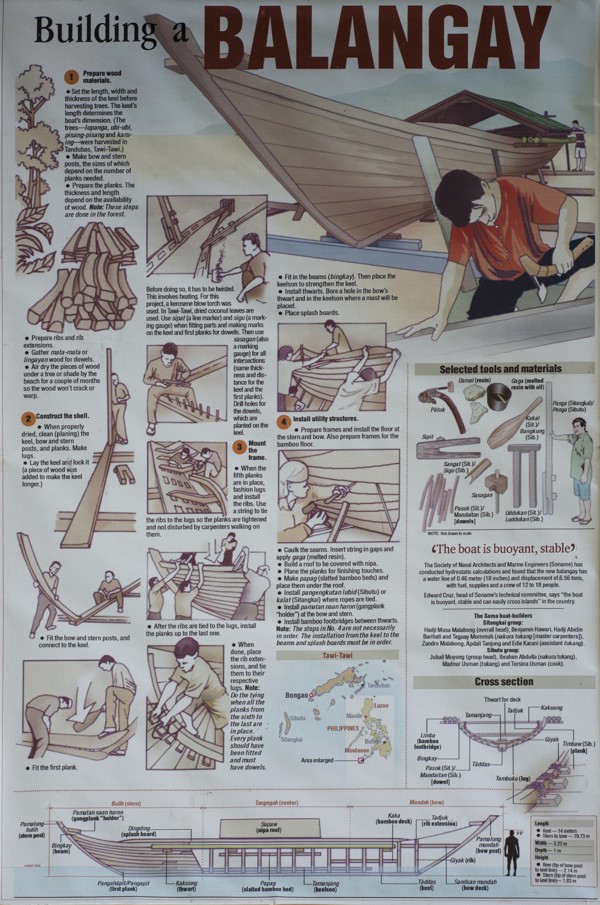
“There are only two places in the Philippines where they still know how to build these boats the traditional way, with no metal screws or nails,” says Valdez, naming the Batanes archipelago, the northernmost province of the country, and Tawi-Tawi, an island province in the autonomous Muslim region of southern Mindanao.
“The sway of the colonial powers did not reach that far,” says Valdez, who believes that a legacy of three centuries of Spanish and then American colonialism, during which indigenous shipbuilding skills were used to build Western-style vessels, has been the loss of his country’s maritime heritage and tradition.

“The voyage of the balangay is symbolic of what Filipinos can do if they have goals and work to achieve them,” says Valdez, ever ready with a press-friendly epithet. “As our national hero [José] Rizal said, if you never look back to where you came from, you will never reach your destination.”
Six hundred and one years ago, the Sultan of Sulu’s visit to China ended in tragedy. After 27 days of lavish, imperial hospitality, the sultan’s party commenced their homeward journey weighed down with gold, silver, bolts of fine silk and ceremonial insignia. While transiting the Grand Canal he fell ill, and he died in Dezhou, Shandong province, in late 1417. Some of his retinue, including one of his wives and two of his sons, remained in China and were given land by the emperor. Their descendants still live in the area and Dezhou has a memorial park dedicated to the sultan.
Despite the unsuccessful previous attempts to sail from the Philippines to China, numerous postponements to the new schedule, last-minute repairs and questions over permits and funding, Valdez shrugs off the possibility of the expedition’s failure – or even tragedy. He is confident we will meet again in Hong Kong.
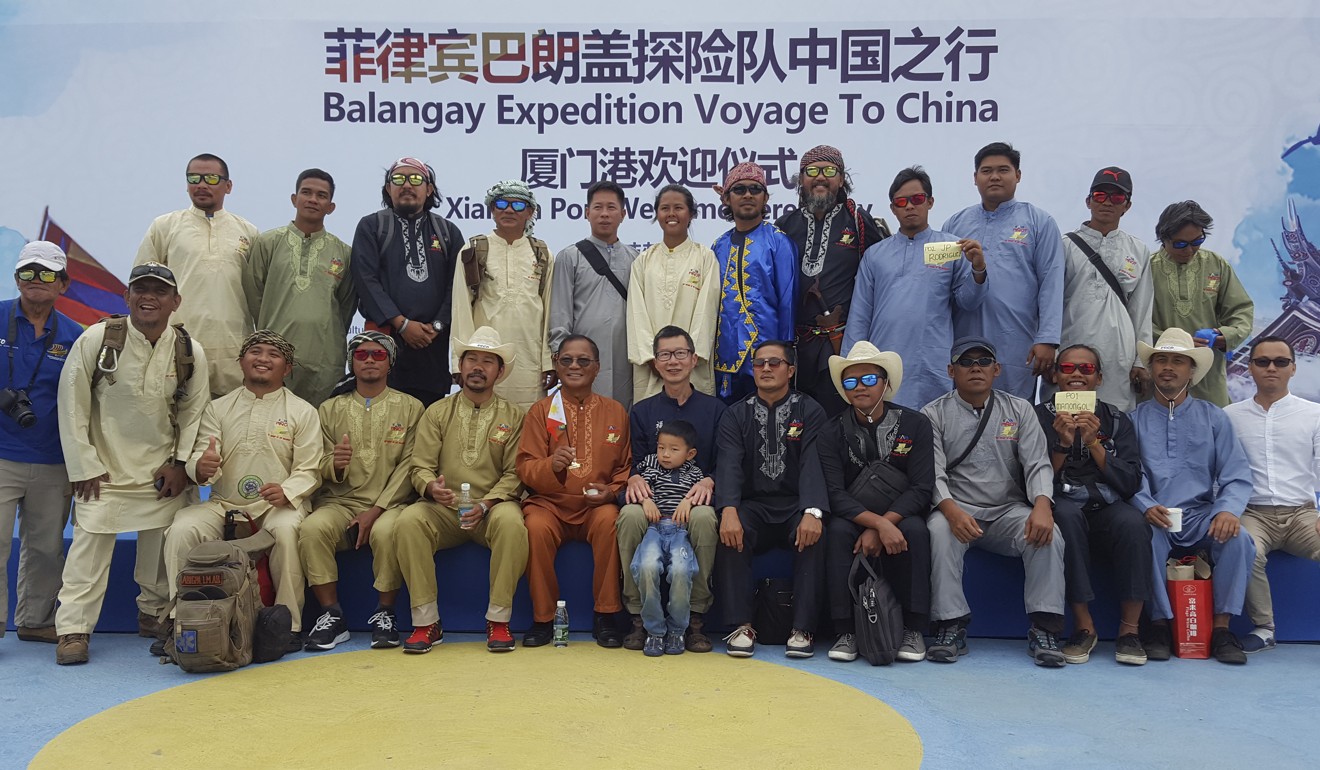
They are at a temporary anchorage, Valdez writes, but with strong winds forecast for the following day, they have been permitted by the authorities to dock alongside in Xiamen. The mission has been accomplished.
“We can only thank the Almighty for our safe passage to Xiamen,” an elated Valdez signs off.

